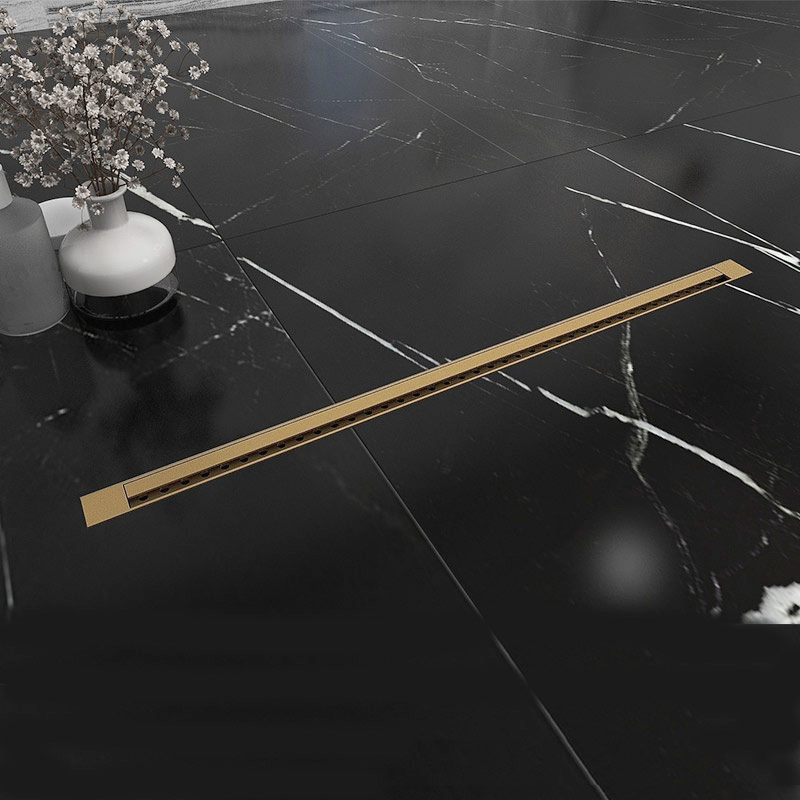How Do I Remove A Shower Drain?
Removing a Shower Drain may seem complicated, but with the right tools and steps, it’s a task most homeowners can handle. Whether you need to replace an old drain, clear a stubborn clog, or upgrade your bathroom hardware, this guide will explain how to remove a shower drain safely and effectively.
Tools You May Need
Before starting, prepare the following tools:
Flathead screwdriver
Adjustable pliers or channel locks
Drain removal wrench (optional, depending on drain type)
Utility knife
Lubricant or penetrating oil
Gloves and safety glasses
Step-by-Step Guide to Remove a Shower Drain
1. Identify the Type of Shower Drain
Shower drains can be:
Screw-in drains: secured with visible screws.
Snap-in drains: held in place by tension or clips.
Compression drains: tightened with a locking ring.
Knowing your drain type will determine which method works best.
2. Remove the Drain Cover
For screw-in covers, use a screwdriver to remove the screws.
For snap-in covers, gently pry the cover up with a flathead screwdriver.
Clean any debris around the opening before proceeding.
3. Unscrew or Release the Drain Body
For screw-in drains: Use pliers or a drain wrench to grip the drain crossbars inside the opening and rotate counterclockwise.
For compression drains: Locate the locking nut inside the pipe, loosen it with pliers, and pull the drain body out.
For snap-in drains: Insert the screwdriver under the edge, pry gently, and pull it out.
4. Remove Old Caulk or Sealant
Once the drain is out, scrape away any old plumber’s putty, silicone, or sealant from the shower floor. A clean surface is essential if you plan to install a new drain.
5. Inspect the Drain Pipe
Check the pipe for cracks, clogs, or corrosion. If the drain was removed due to poor drainage, clear any blockages before installing a replacement.
Safety and Professional Tips
Apply penetrating oil if the drain is stuck due to rust or mineral buildup. Let it sit for 10–15 minutes before trying again.
Avoid excessive force to prevent cracking the shower base.
If the drain is cemented in or too tight, consider calling a licensed plumber for removal.
Conclusion
Knowing how to remove a shower drain is useful for maintenance, upgrades, and unclogging stubborn blockages. With the right tools and careful steps, you can complete this task on your own. If you’re sourcing high-quality bathroom hardware for professional installation or large-scale projects, our company provides reliable and durable products to meet your needs.
Previous: Why Does My Shower Drain Smell?




